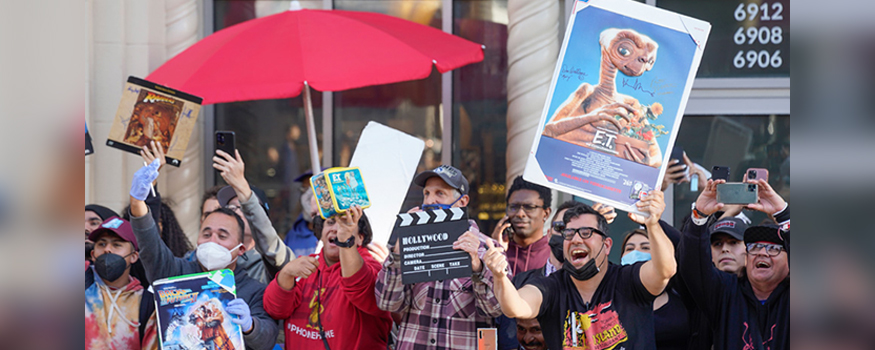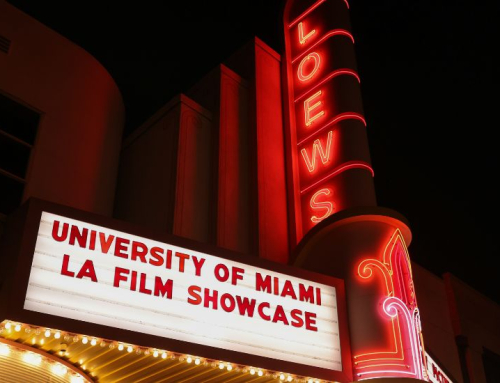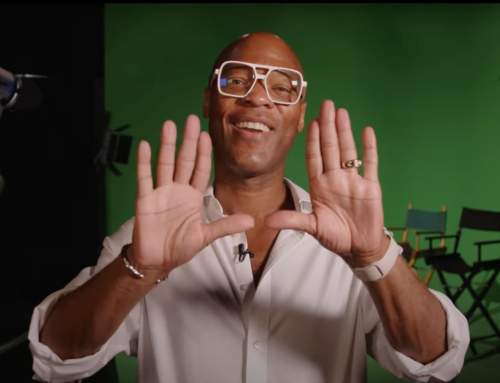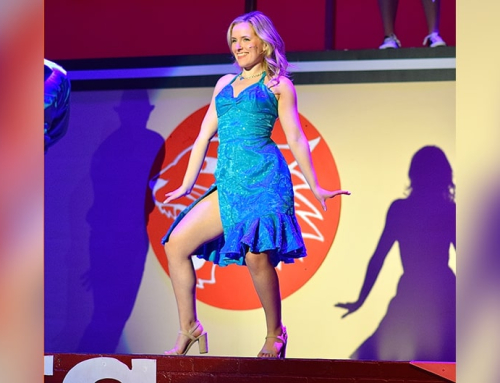By Rene Rodriguez
Rene Rodriguez, manager of the Bill Cosford Cinema and former film critic for the Miami Herald, shares his memories of the acclaimed film as it marks its 40th anniversary.
Some movies change your life—literally. The first time I sat down to watch “E.T. the Extra-Terrestrial” when it opened in theaters in June of 1982 (the best movie summer ever), I was 15 years old. I was excited by the Steven Spielberg factor, who was already one of my favorite directors, and curious about the early reviews, which had been rapturous across the board.
The movie knocked me out. When E.T. dies, I blubbered like a baby, and since I was working at a movie theater that summer, I went back to see it again. And again. And again. I watched it at the cinema a total of 16 times.
What kept me coming back after the second viewing, though, wasn’t just the movie: It was the way the public responded to it. There wasn’t a single screening in which the film didn’t enchant the audience in a way I had never experienced before. They laughed at E.T. hiding in the closet, pretending to be a stuffed toy. They gasped when government agents in white space suits invaded Elliott’s home. They, too, wept when E.T. died (you could hear the sniffles spreading through the theater).
And they roared with joyous applause when E.T. is revived and the flying bicycle chase ensues. All of this happened at every single screening. I was fascinated by how Spielberg enraptured the audience, achieving the exact chord he wanted at every moment (there isn’t a single bad scene in the entire film). I was intrigued by how a movie this simple could generate such a range of emotions time after time after time.
Most importantly, I kept coming back trying to figure out how Spielberg did it. The entire film is shot at a low angle, from the point of view of an 11-year-old boy, and the subtext of growing up in suburbia with a single divorced parent (the way Spielberg did) provided a subtle but strong emotional impact for adult viewers.
I noticed the way he used John Williams’ masterful score (his best of all time, in my opinion—even better than his scores for “Jaws” and “Star Wars”). I noticed how natural the actors were, even though they were young and mostly inexperienced (Drew Barrymore was 6 when she made the film). I noticed how emotive the creature was—a triumph of special-effects puppetry that still holds up today.
“E.T. the Extra-Terrestrial” isn’t on my list of my favorite films of all time because I don’t rewatch it often, the way I rewatch “The Godfather Part II” (my favorite movie of all time) at least once a year. I love every frame of “E.T.” and can recite the dialogue from memory.
What was the most important way the film impacted me? It made me fascinated about the way in which filmmakers communicate with the audience, how everything from lighting to camera movement are critical parts of storytelling even though you shouldn’t notice them, and why this simple boy-and-his-dog fable had such outsized, universal power.
I began thinking differently about movies from that point on and subconsciously decided then that I wanted to write about film for a living. Decades later, when I had the opportunity to interview Spielberg for “Saving Private Ryan” as the Miami Herald’s movie critic, I waited until the end of the interview to tell him that. I will never forget his reaction: He was silent, visibly moved and happy. He made “E.T.” from the heart, and like the best artists, his most personal work spoke to the world—and changed at least one life.
“E.T. the Extra-Terrestrial” returns to IMAX theaters around South Florida today for a one-week engagement.
Rene Rodriguez is manager of programs for the Bill Cosford Cinema at the University of Miami. He has more than 25 years of experience as a film critic with the Miami Herald.
This article originally appeared at https://news.miami.edu/stories/2022/08/e.t.s-touch-leaves-an-indelible-mark-on-its-audience.html.







